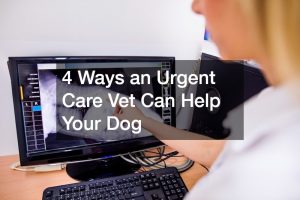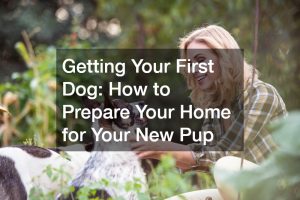- Regularly inspect external structures such as the roof, walls, and porch for gaps or holes.
- Ensure your roof is in tip-top shape, and hire an experienced roof repair contractor.
- Watch out for old mothballs or rodent poisons in the attic.
- Know which plants in the garden are poisonous to pets and keep them out of reach.
- Store away foods, cleaning agents, and medications in the kitchen and bathroom that can be hazardous to pets.
Your pets aren’t just animals; they’re an integral part of your family, confidantes, and sometimes even your companions during lonely nights. Naturally, just as you’d childproof a home for a toddler, you’d want to ensure your home is a sanctuary for your fur babies.
Making your home pet-safe can involve many steps, from inspecting outdoor structures to checking the plants in your garden. Read on to learn more.
Inspecting and Repairing the External Structures
The external structures of your house, such as the roof, walls, and porch, need to be inspected regularly. Deterioration in these areas can lead to gaps or holes your pets can explore and get stuck in. Here are a few places to consider.
Roof and Attic Spaces

When was the last time you had your roof inspected? Loose shingles or gaps might seem like minor problems, but they can provide small critters a passage into your attic. These animals can directly threaten your pets or introduce parasites into your home.
Hiring an experienced roof repair contractor ensures that all the crevices, gaps, and shingles are in tip-top shape, offering no accessible entrances for unwanted guests. Furthermore, ensuring your well-maintained roof prevents any falling debris that might harm your fur babies playing in the yard.
Your attic should also be a point of focus. Occasionally, things stored here can become hazards. For instance, old mothballs or rodent poisons should be removed or stored securely to ensure your pets don’t ingest something toxic when exploring.
Garden and Outdoor Spaces
Your garden can be both a paradise and a minefield for your pets. Some common plants like oleander, sago palm, and many species of lilies are poisonous to pets. It’s essential to know which plants pose a risk and either remove them or ensure your pets can’t access them. Besides plants, check for fertilizers, insecticides, or other chemicals that might be lying around. These can be deadly if ingested, so always store them safely out of reach.
Indoor Spaces and Common Household Items
Once you have checked the external areas of your home, it’s time to turn your attention to the indoors. Here’s a brief look at some everyday household items and spaces to which you should pay attention.
Kitchens and Bathrooms
Ah, the kitchen – where all the yummy smells originate! But this room can be fraught with dangers. Foods such as chocolate, grapes, onions, and garlic can be harmful or fatal to pets. Ensure these are stored high up or in cabinets that can’t be easily accessed.
Similarly, your bathroom might contain various cleaning agents and medications. Ensure these products are securely stored so your curious cat or persistent pup can’t get their paws on them.
Living Rooms and Bedrooms

You and your pets probably spend the most time in these spaces. Check for small objects that can be swallowed, like coins, buttons, or jewelry. Toys, especially those with small parts or batteries, should be kept away when not in use.
Electrical cords pose another risk; some pets, especially young ones, might find them tempting to chew on. Consider using protective wraps or conduits.
Regular Checks and Training
Your fur baby’s safety isn’t just about their environment and behavior. Regular vet check-ups can help detect any health issues early. The vet can also advise on potential hazards you might not have considered.
Training is another crucial aspect. Teaching your pets commands like “leave it” can be invaluable. It might stop them from eating something they shouldn’t or venturing into a risky area. Furthermore, always be observant. If your pet starts behaving oddly, it could be a sign they’ve ingested something harmful.
In addition, it’s essential to keep your pet’s ID tags up-to-date. If they get lost, these can be lifesavers. You may also want to try chipping them, which will help you find them if they wander too far away.
Final Thoughts
Your fur babies depend on you for their safety and well-being. You can ensure your home is a haven for them by taking proactive steps. Remember, it’s about eliminating hazards and creating an environment where they can thrive and be their playful, loving selves. After all, a safe pet is a happy pet.







